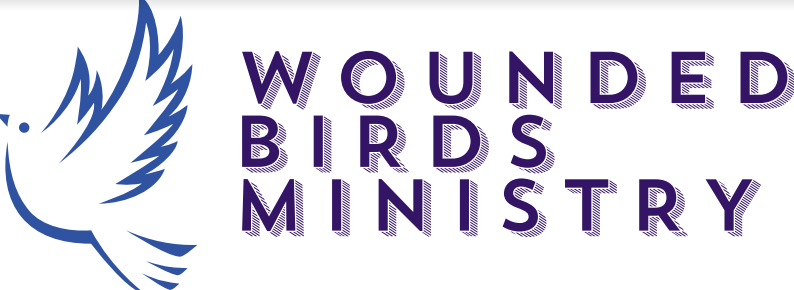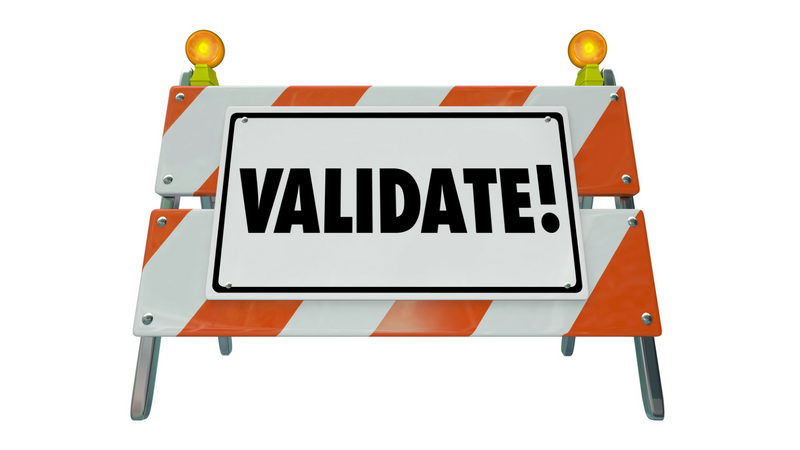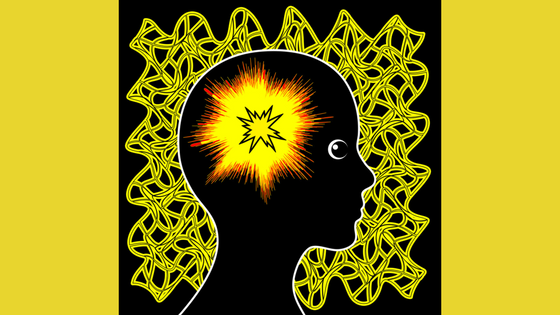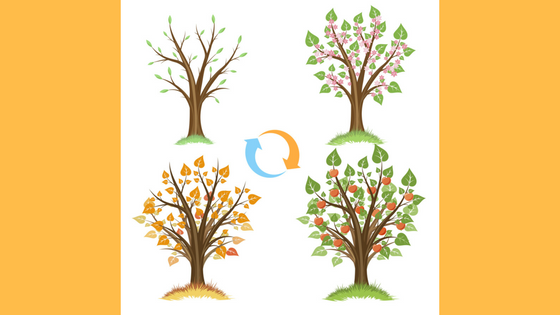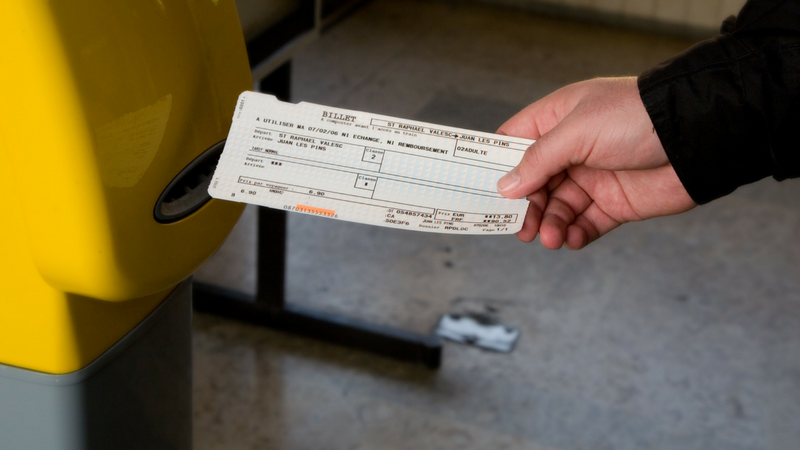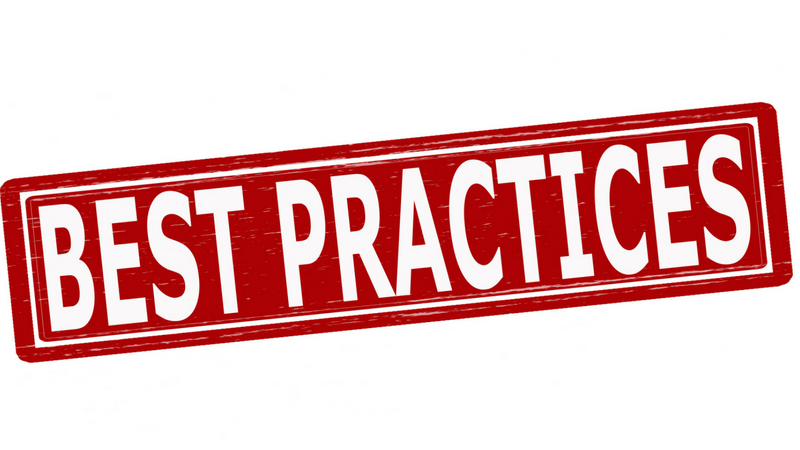Self-Validating Our Experiences Empowers Us
In a recent guest post, Robin Klammer shares her thoughts on validation and why it is important to us. It’s a strong article, and I think you’ll love it.
She got me thinking on the topic of self-validating: what it means to me and its importance to getting healthier.
As a people-pleaser, I’ve always looked outside myself for validation. This validation has been about more than validating my emotions: my entire sense of self-worth came to me through external recognition. What started as following the guidance and direction of those responsible for me transformed into a need for approval. That’s not healthy.
Unhelpfully, the times when I did try to voice my feelings and experiences, I felt dismissed. Even now, when I share a story from my childhood with certain family members, I hear “That’s not what really happened,” and “You make too big a deal out of these things, Teresa.”
The lesson I learned was that my feelings weren’t real and my experiences were false. What I lost from not self-validating was a guide to help me learn how to name and understand my emotions, evaluate situations objectively, and reconcile my emotions to the experience.
Instead, the lack of validation resulted in a level of frustration that turned into a simmering rage that constantly laid below the surface. Feeling unheard left me easily triggered and prompted rebelliousness.
Rebellion was the only way I knew how to get what I wanted, even if what I wanted wasn’t healthy or appropriate for me.
I learned the first steps in self-validating in DBT. Doing my first mindfulness exercise reminded me that I am not my emotions. I don’t have to respond to every situation. I can choose my response.
As I continued down the therapeutic road, I gained additional insights. I realized that what I labeled “sadness” was actually hurt, and that some of that hurt was better defined as betrayal.
My rage wasn’t always about anger; often, it was frustration or feeling overwhelmed and confused. As I began to sit with my uncomfortable emotions and experience them, I learned that sometimes I don’t just feel one emotion; I may feel several.
Learning to identify and correctly label each emotion helped me gain the power to look at my experiences in a new light. I learned that self-validating is acceptable and a valuable skill.
As I looked at these experiences, I began to see many of them from new perspectives. Perhaps when a friend made a comment, it wasn’t intended as a slight. Maybe I was reading it that way as a result of other experiences.
I also started to see how my emotional reaction colored my experiences and impacted the situation. I began to sort the story from the facts: What were the observable truths of the situation, and how had I interpreted the gaps?
As I slowly walked back through each story, carefully examining the details also helped me pinpoint changes in my emotional responses. Even better, I could identify physical responses that matched my emotional shifts, helping me gain valuable insight into what was going on.
Through careful and thoughtful analysis, I uncovered triggering events and discovered how my responses influenced the situation.
While this was ultimately freeing, it was also hard work. Getting to a proper level of analysis meant sitting in and living with harsh memories and sorting my way through them.
The hardest part, though, was releasing judgment of my emotions. This is what self-validating is genuinely about: Acknowledging that the feelings we have are real, that they belong in the situation, and that they come from a real place.
The emotions are not right or wrong, healthy or unhealthy, good or bad; rather, we acknowledge only that they exist, and that they exist in the situation for some reason (known or unknown).
By self-validating my emotions, I found that I created two new outcomes for myself: Firstly, I stopped relying on outside sources to validate my experiences and my emotions. Even outside of the objective facts, my emotional experience is mine, and no one else can say my response isn’t real.
Secondly, I learned that my emotional responses don’t always fit the facts of the situation. Many times, the emotions that I experience stem from a different, often related, experience. Perhaps it’s a history of uncomfortable interactions with a family member or a history of getting overlooked for a promotion in prior companies.
For example, I once got a raise that disappointed me. In my head, that meant that my boss was unhappy with my work (despite what he said), that the time and energy I was putting in was wasted, and that I was probably about to get fired, so I should take steps to protect myself. This story stemmed from a prior company with a boss who genuinely did undervalue me and my skill set. The frustration and challenge I felt at that company bubbled naturally to the surface in this new (but similar) situation.
The emotions I felt in this situation were real. They came from a genuine place. In looking at the facts, I knew that my sense of disappointment didn’t match up with the praise I’d received. The story didn’t quite hang together in this new situation, so I knew I was missing a piece. I also knew that I needed to pick my response.
Option A: Approach him aggressively, asking him why my raise wasn’t a better reflection of my work product and value to the company. Let my disappointment, anger, and frustration shine through in my tone, making him understand that the raise was not acceptable.
Option B: Approach him neutrally, asking him how he arrived at the calculation for my raise. Express surprise and disappointment, and ask what I need to change to earn a better raise in the future.
Simply laying out these options helped me see the more effective response, but that would not be enough if I didn’t validate my emotions. The simple act of validation allowed me to express what I was feeling without aggressively coloring my tone.
The outcome? I found out that it was a down year for the company and my boss had to make difficult decisions about how to disburse the limited funds he had. My “disappointing” raise was the highest on the team and reflection of the value he saw in my work.
By self-validating, I put myself in a position to approach the situation calmly and professionally, instead of lashing out (as I previously would have), and that helped me get the information I needed.
When self-validating, there are a few key points to consider:
- Fully experience the emotions you are feeling – without judgment. Some will be more intense than others, and that’s all right, too.
- Identify and label the emotions you are feeling. Naming our feelings is a powerful step in claiming our emotional experience. Where possible, identify how they physically manifest in your body. For example, anger may show in a clenched jaw or fear in a tight fist or shallow breathing.
- Consider the situation and evaluate the facts of the case. Does your emotional experience accurately reflect the facts? If not, your emotional reaction is probably based on past experiences. Acknowledging this possibility does not invalidate that you have a genuine emotional response in the moment; it just means that you have a prior experience that probably needs therapeutic attention.
Remind yourself that your emotions – regardless of their intensity – are healthy and a sign that you are human. They may be more or less than you expect for the situation (or what you might consider healthy or normal), and that’s completely acceptable. Everyone responds differently to conditions; it’s one of the things that makes us unique.
Self-validating is one of those skills that takes time to learn. It is also one of the most significant factors in maintaining good mental health. By self-validating our experiences and our emotions, we reduce our reliance on the opinions of other people and gain confidence in ourselves.
How are you at self-validating your emotions? What trips you up? What makes it easier for you?
Looking for daily inspiration and community? Join our warm and supportive Facebook group!
